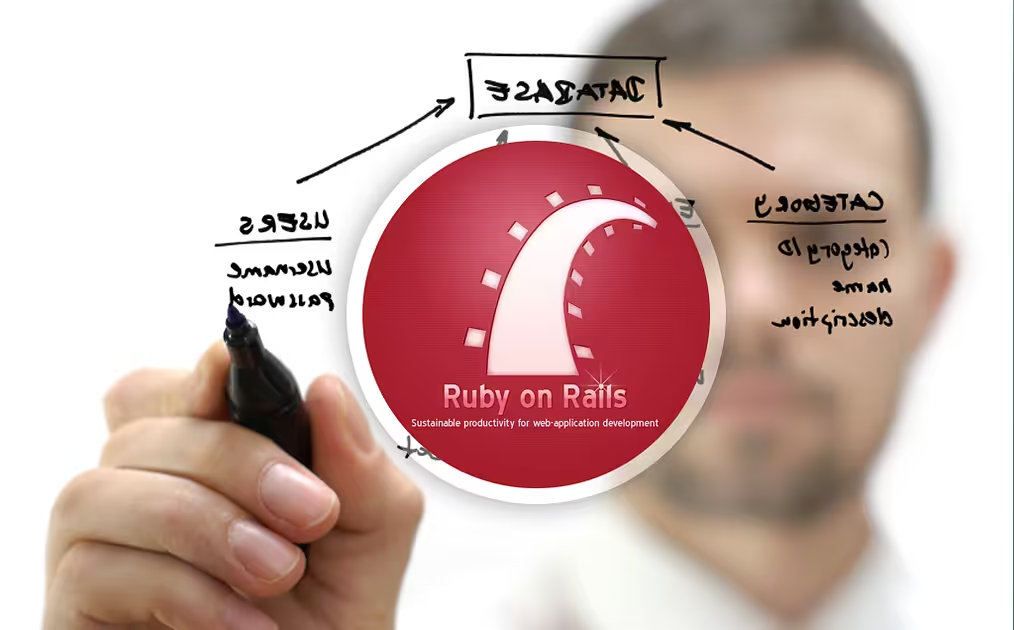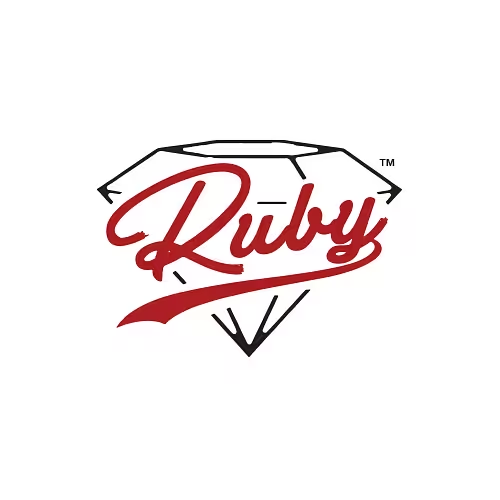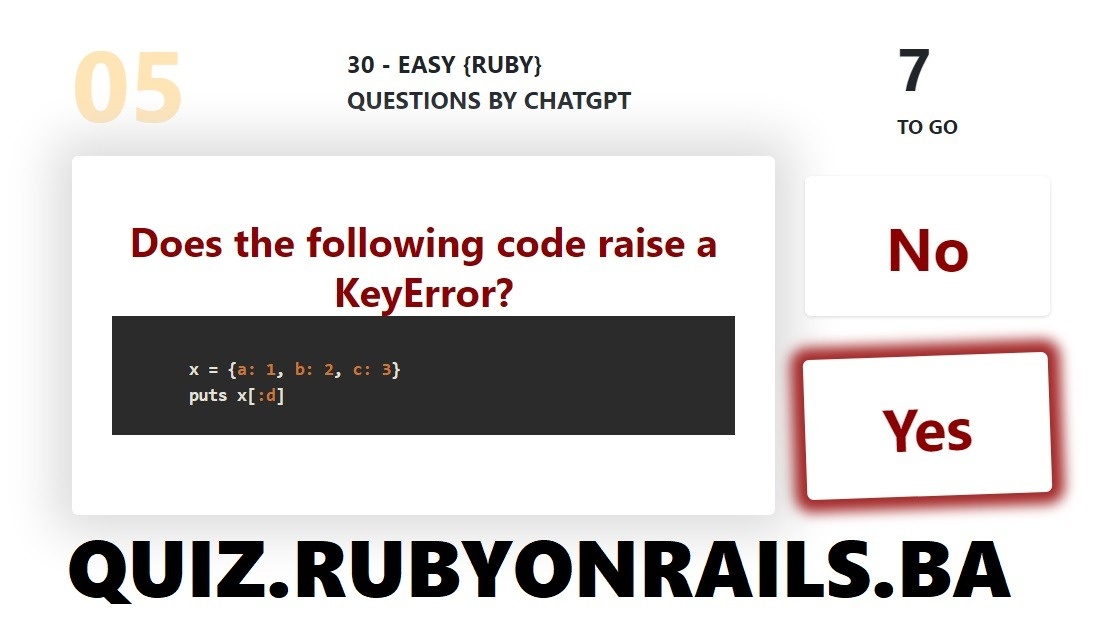Tutorials


Define Default URL for ActiveStorage to fix Mixed Content Error
Using ActiveStorage with external services like AWS S3 for saving and surfing attachments like images is great. The setup is well explained in Active Storage Overview in Ruby on Rails Guides.But if you start using it, you will maybe encounter some...


Handling third-party webhooks with Rails Event Store | Arkency Blog
Lately, one of our clients asked us to review his Rails Event Store-based application. We helped him, as RES mentoring is one of the key fields of our professional activity.What caught our attention was the way of handling incoming webhooks from t...


Safe gem upgrades with pessimize gem | Hanami Mastery
Upgrading gems in the bigger project can become a hustle if you don't use tools like pessimize to help you deal with them safely.Working on a Ruby application implies, sooner or later, dealing with a Gemfile, gem versions and gem dependencies. Thi...

From Paperclip to Active Storage at scale - Finnian Anderson
I was until recently working on a Ruby on Rails project as part of my day job, which used Paperclip for attaching files within the application. With Paperclip being deprecated in May 2018, it was high time we moved to an alternative.Active Storage...
![Migrate a Rails App from Heroku to Dokku [Step by Step Tutorial]](/rails/active_storage/blobs/redirect/eyJfcmFpbHMiOnsiZGF0YSI6MTA5MDgsInB1ciI6ImJsb2JfaWQifX0=--bcf7fa585e0923edb4c2e37b169e4200eb08b336/open-uri20221201-4201-bzdi7u.avif)
Migrate a Rails App from Heroku to Dokku [Step by Step Tutorial]
Dokku is dev ops for dummies and a cheaper alternative to Heroku. Recently I’ve migrated a couple of my projects to it. In this tutorial, I will describe how to setup and migrate a Rails app to Dokku with PostgreSQL, Sidekiq, Redis and Let’s Encry...

Verifying Content-Security Policy with Selenium and Cuprite | Arkency Blog
Once upon a time, a fellow RailsEventStore enthusiast reported an issue. It turned out that the RES::Browser component was not compatible with a quite reasonable Content-Security Policy they were using in their Rails app. His report led to an inte...



